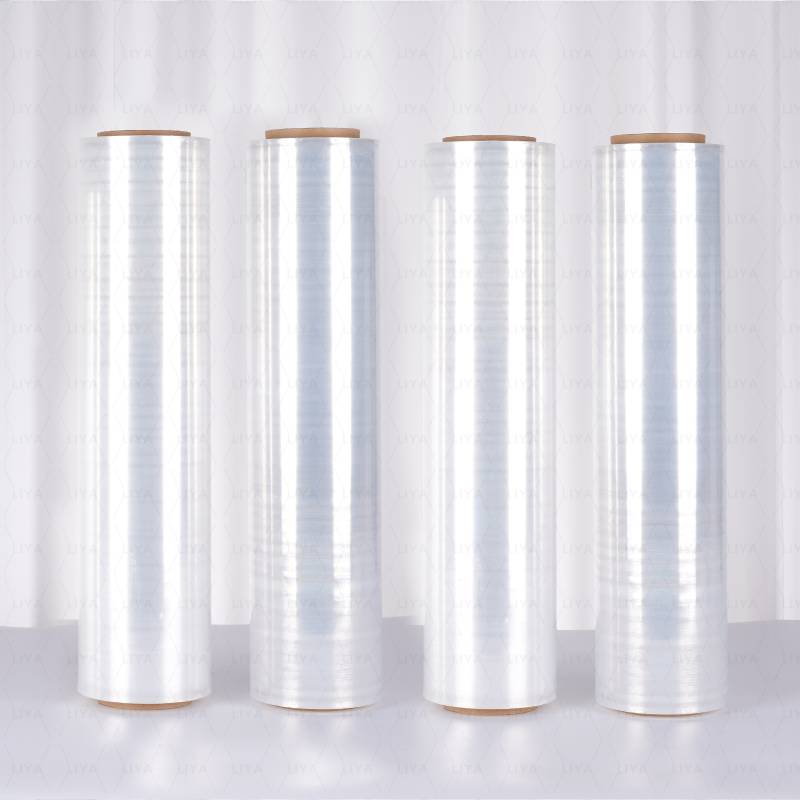Exploring the Benefits and Applications of Stretch Film in Packaging Solutions
Understanding Packaging Stretch Film A Comprehensive Overview
Packaging stretch film is an essential component in the modern supply chain and packaging industry. It is widely used for securing goods on pallets, providing protection during transportation, and ensuring products remain intact until they reach their final destination. This article explores the characteristics, benefits, applications, and various types of stretch film that play a crucial role in packaging.
What is Stretch Film?
Stretch film is a highly stretchable plastic film that is used to wrap products. It is typically made from linear low-density polyethylene (LLDPE), which gives it the ability to stretch up to 300% of its original length without breaking. This elasticity allows the film to tightly conform to the shape of the goods being wrapped, creating a secure barrier that prevents movement during transit.
Types of Stretch Film
1. Hand Stretch Film This type is designed for manual application. It is often available in various thicknesses and sizes, making it suitable for small to medium-sized packages. Hand stretch film is commonly used in warehouses and retail environments where speed and efficiency are crucial.
2. Machine Stretch Film Specifically designed for use with automated wrapping machines, machine stretch film is typically thinner than hand stretch film yet offers superior strength and load stability. It is ideal for businesses that require high-volume packaging, as it allows for faster wrapping and consistent tension across wrapped loads.
3. Pre-Stretched Film This film is stretched during manufacturing to a predetermined level. It maintains its stretch, providing excellent load stability while using less material. Pre-stretched films are commonly used in automated processes, helping to reduce waste and lowering overall packaging costs.
4. Colored and Printed Films These specialty films not only provide protection but also serve aesthetic and branding purposes. Colored films can help to distinguish products, enhance shelf appeal, and convey important information through printed designs or labels.
packaging stretch film

Benefits of Using Stretch Film
- Protection Stretch film helps protect products from dust, moisture, and scratches during transportation. Its tight wrapping reduces the chance of damage as it acts as a buffer against external forces.
- Stability By keeping items tightly bound together, stretch film enhances pallet stability. This is crucial in preventing shifting during transportation, which can lead to product damage.
- Cost-Effectiveness Compared to other packaging methods, stretch film is often more economical. It requires less material and reduces the need for additional packaging materials, such as boxes or pallets.
- Versatility Stretch film is suitable for a wide range of products, from food items to industrial machinery. Its flexible nature allows it to conform to various shapes and sizes.
- Ease of Use Both hand and machine stretch films are easy to apply, making them efficient tools for workers in busy manufacturing and warehousing environments.
Conclusion
Packaging stretch film is a vital aspect of effective packaging and logistics. Its unique properties provide numerous benefits, including protection, stability, and cost savings. With various types available, businesses can choose the right stretch film to meet their specific needs, whether manually operated or machine-applied. As supply chains continue to evolve, the importance of reliable and efficient packaging solutions like stretch film will only grow, ensuring that products arrive safely and in optimal condition at their final destinations. Embracing innovative packaging technologies will not only enhance operational efficiency but also contribute to customer satisfaction in an increasingly demanding market.
-
The Best Uses for Small Trash Bags in Daily LifeNewsJul.01,2025
-
Stylish Reusable Grocery Bags TrendsNewsJul.01,2025
-
Shipping Advantages of Using Bubble Envelopes BulkNewsJul.01,2025
-
How Compostable Mailing Bags Reduce Environmental ImpactNewsJul.01,2025
-
Environmentally - Friendly Bulk Poly MailersNewsJul.01,2025
-
Eco Friendly Custom Laminated Tote BagsNewsJul.01,2025
-
Have the freedom of customizing your custom mailers any way you want! Our dedicated packaging support will help deliver you the mailing experience you need to elevate your shipping experience to the next level! Start making a strong impression on your customers and stand out from your competitors! -
LIYA uses high quality raw materials which directly purchased from large enterprises domestic and overseas such as PetroChina, Sinopec, Sabic, Equate, ExxonMobil, Dow Chemical, Total, and Borouge, ensuring the price advantage and quality of the raw materials. -
LIYA uses high quality raw materials which directly purchased from large enterprises domestic and overseas such as PetroChina, Sinopec, Sabic, Equate, ExxonMobil, Dow Chemical, Total, and Borouge, ensuring the price advantage and quality of the raw materials.





